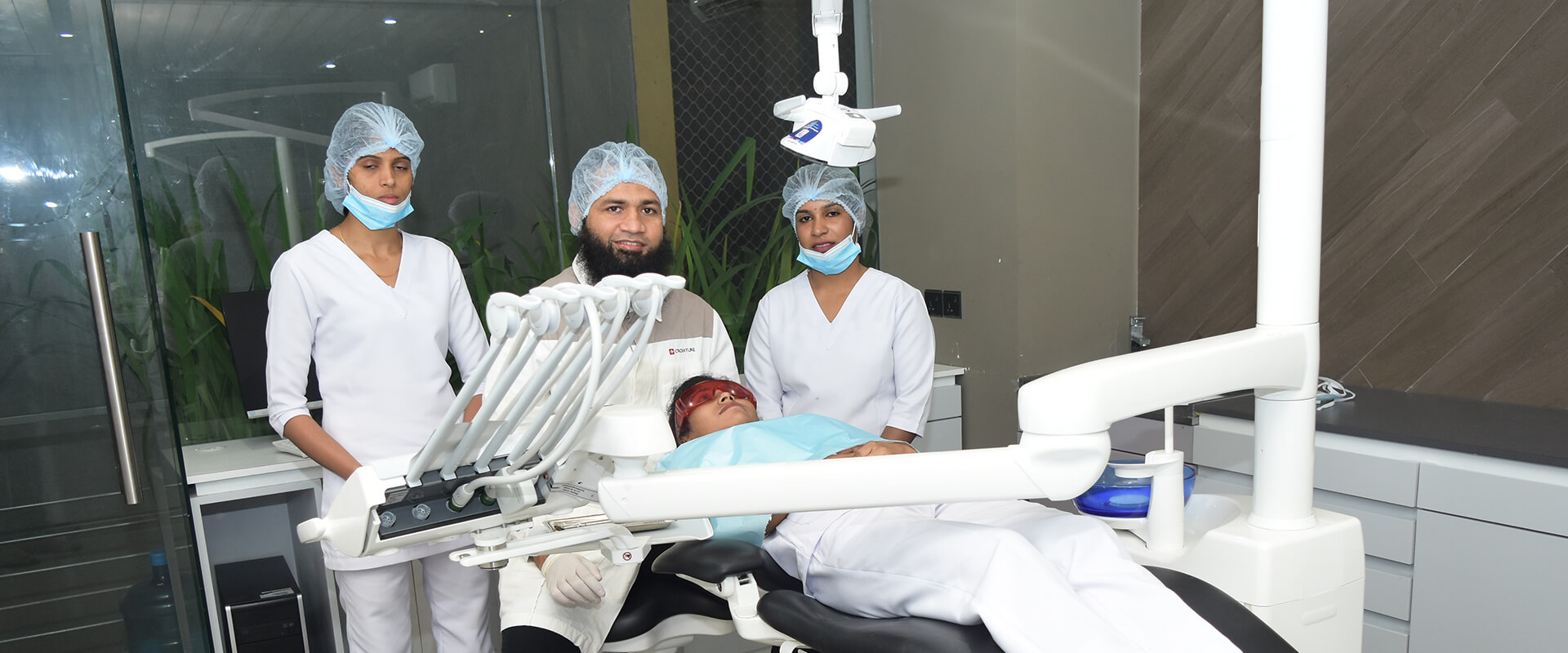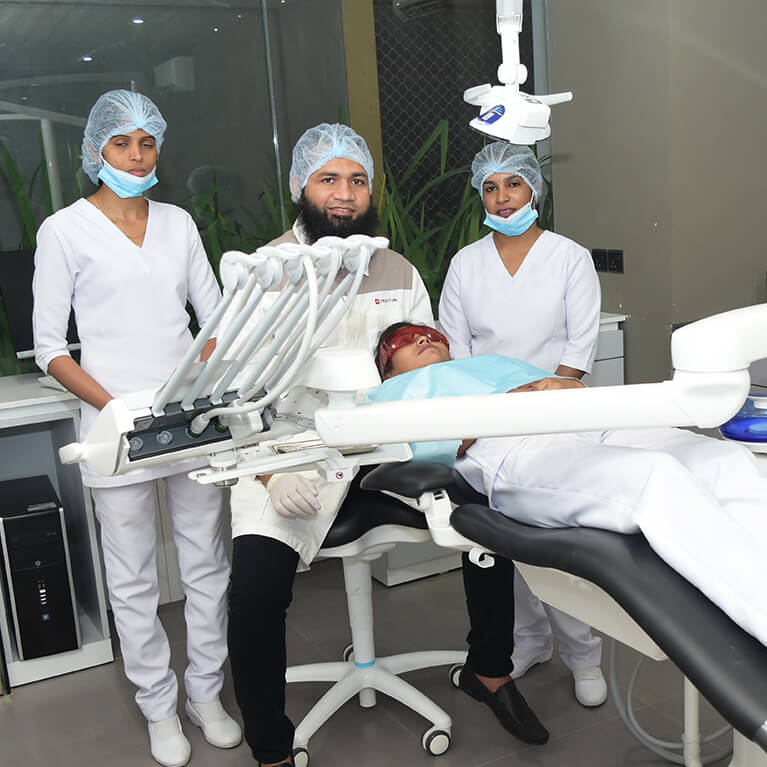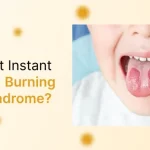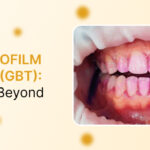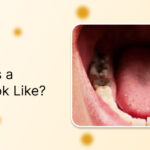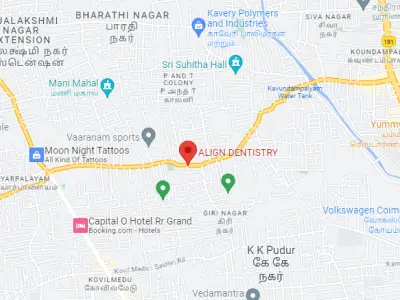HPV in the Mouth: Symptoms, Causes, Treatment, and Prevention
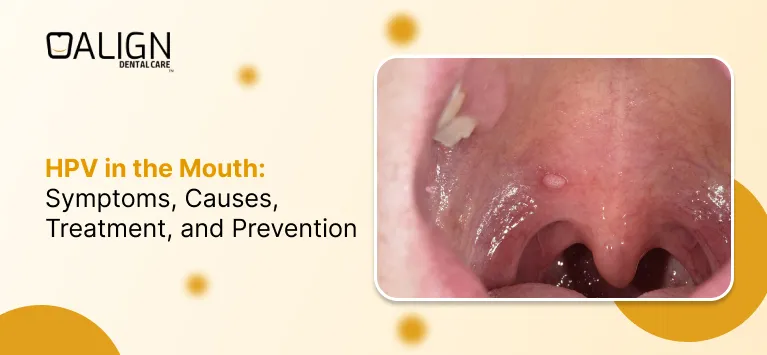
Human papillomavirus (HPV) is a common virus that affects various parts of the body, including the mouth and throat. While most infections go unnoticed, some strains can cause visible symptoms, and in rare cases, even lead to serious health complications. In this blog, we will explore what HPV in the mouth is, its symptoms, how it spreads, treatment options, home remedies, and ways to prevent infection.
What is HPV in the Mouth?
HPV in the mouth refers to an infection caused by specific strains of the human papillomavirus that affect the lips, tongue, cheeks, and throat. The infection is generally harmless and clears up on its own. However, certain high-risk strains can lead to complications, including oropharyngeal cancers. Human papillomavirus in mouth infections are increasingly common, making awareness and early detection crucial.
Early Symptoms of HPV in the Mouth
HPV infection in the mouth often does not cause any symptoms. However, when symptoms do appear, they may include:
- Persistent sore throat
- Hoarseness
- Pain while swallowing
- Swollen lymph nodes
- White or red patches in the mouth
- Ear pain
- Small growths or warts in the mouth
These symptoms can also indicate other oral conditions, so it is important to seek medical advice for a proper diagnosis.
How Do We Get HPV Infection in the Mouth?
HPV infection in the mouth spreads through direct contact with an infected person. The primary modes of transmission include:
Oral Sex: The most common way HPV enters the mouth is through oral sex with an infected partner.
Deep Kissing: Open-mouthed kissing can transmit the virus, although the risk is lower.
Sharing Personal Items: In rare cases, sharing toothbrushes or eating utensils with an infected person can spread the virus.
HPV Images in the Mouth
HPV warts in the mouth appear as small, painless growths that may be white, pink, or flesh-colored. These warts can form on the tongue, lips, throat, or cheeks.

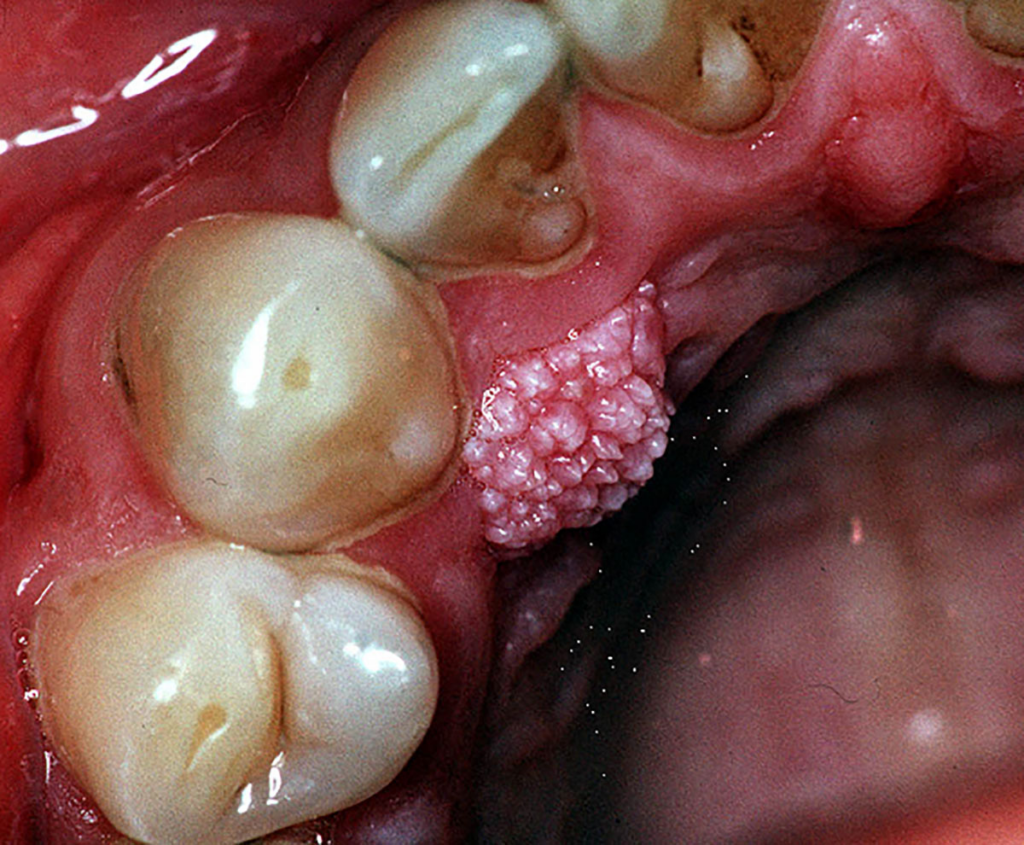

HPV in Roof of Mouth
HPV in the roof of mouth can manifest as small lesions, red or white patches, or even wart-like growths. While many cases remain asymptomatic, persistent discomfort or visible abnormalities warrant a medical check-up.
What Do HPV Warts Look Like in the Mouth?
HPV warts in the mouth can vary in appearance, but they typically have the following characteristics:
- Small, cauliflower-like growths
- Flesh-colored, white, or pink bumps
- Painless but can cause discomfort when eating or drinking
- Found on the tongue, gums, inside the cheeks, or back of the throat
Human Papillomavirus (HPV) Infection: Diagnosis and Testing
A doctor or dentist can diagnose oral HPV by examining the mouth for visible lesions. If necessary, they may perform:
Biopsy: If abnormalities are found, a small tissue sample may be taken for lab analysis to identify HPV strains and rule out precancerous changes.
HPV DNA Test: This test detects high-risk HPV strains using tissue or saliva samples, often recommended for persistent lesions or suspected high-risk cases.
Physical Examination: A healthcare provider inspects the mouth, tongue, throat, and gums for abnormal growths, white or red patches, or warts. They may also check for lumps or swelling.
When to See a Doctor?
- If you notice persistent sores, lumps, or wart-like growths.
- If you have difficulty swallowing or unexplained white or red patches.
- If you are at higher risk due to smoking, alcohol use, or a weakened immune system.
Early detection is key to effective management, so regular dental checkups and medical consultations are recommended.
Treatment for HPV Infection in the Mouth
There is no cure for HPV, but treatment focuses on managing symptoms and preventing complications.
Surgical Removal
For larger or painful warts, a doctor may surgically remove them using a scalpel or other instruments. This procedure is typically done under local anesthesia and provides immediate relief from discomfort.
Cryotherapy (Freezing Treatment)
Cryotherapy involves applying liquid nitrogen to freeze and destroy the warts. Over time, the frozen tissue falls off, allowing healthy skin to regenerate. This treatment is effective but may require multiple sessions.
Laser Therapy
Laser treatment targets and destroys warts using high-intensity light. It is often used for stubborn or hard-to-reach warts. This method minimizes damage to surrounding tissues and promotes faster healing.
Home Remedies for HPV in the Mouth
While home remedies cannot cure oral HPV, they can help manage symptoms and support overall oral health.
Saltwater Rinse
Rinsing with warm salt water helps keep the mouth clean, reduces irritation, and prevents secondary infections.
Garlic Consumption
Garlic contains allicin, a natural antiviral compound that may help support the immune system in fighting infections.
Green Tea
Rich in antioxidants, green tea supports immune function and may help reduce viral activity in the body.
Probiotics
Probiotics improve gut health, which plays a crucial role in strengthening the immune system against infections.
Good Oral Hygiene
Brushing, flossing, and using an antimicrobial mouthwash prevent bacterial buildup and maintain oral health.
Additional Tips:
- Eat vitamin-rich foods to boost immunity.
- Stay hydrated to keep the mouth moist.
- Manage stress to support overall immune function.
These remedies may help manage symptoms, but consult a healthcare professional for proper evaluation and treatment if needed.
Prevention of HPV Infection in the Mouth
HPV Vaccination
Getting the HPV vaccine can significantly reduce the risk of infection. It is recommended for individuals between 9 and 26 years old but can be taken up to age 45 in some cases.
Avoid Tobacco and Alcohol
These substances increase the risk of HPV-related oral cancers.
Boosting Immunity
A strong immune system helps fight off infections, including oral HPV. Eating a balanced diet, exercising regularly, and reducing stress can support overall immunity.
Practicing Safe Oral Hygiene
Regular dental check-ups and proper oral care lower the risk of complications.
HPV in the Mouth and Cancer Risk
While most HPV infections clear on their own, some high-risk strains can lead to oropharyngeal cancer. Symptoms of HPV-related cancer include
- Persistent sore throat
- Ear pain
- Difficulty swallowing
- Lump in the neck
If any of these symptoms persist, consult a doctor for evaluation.
Conclusion
HPV in the mouth is a common infection that often goes unnoticed but can sometimes lead to visible symptoms or serious complications. While most cases resolve on their own, high-risk strains can increase the likelihood of oral health issues, including cancer. Early detection through regular dental checkups, maintaining good oral hygiene, and boosting immunity can help manage the condition effectively.
Treatment options like surgical removal, cryotherapy, and laser therapy can address persistent warts, while home remedies may support symptom relief. Preventive measures such as the HPV vaccine, safe oral practices, and a healthy lifestyle can significantly reduce the risk of infection.
If you notice any unusual growths, patches, or persistent symptoms, consult a healthcare provider for proper evaluation and guidance.





